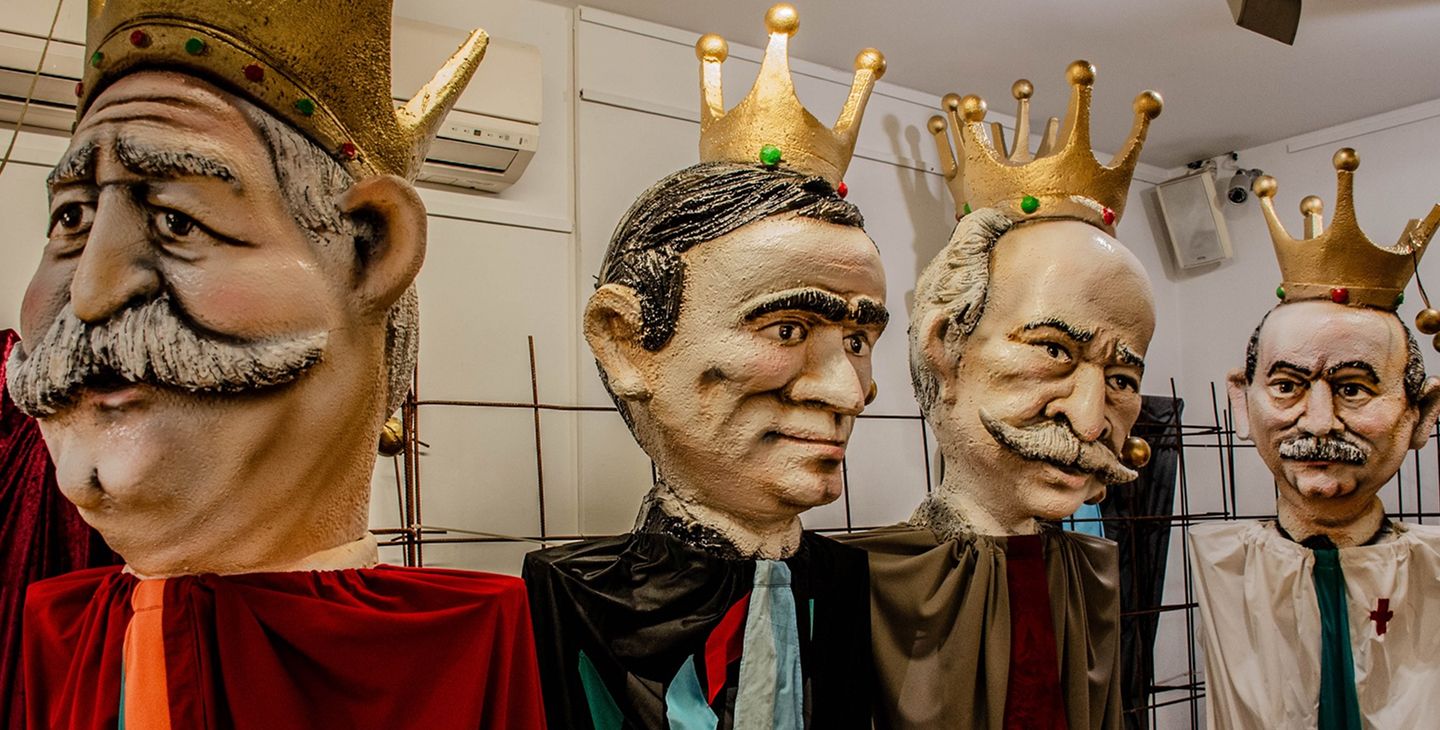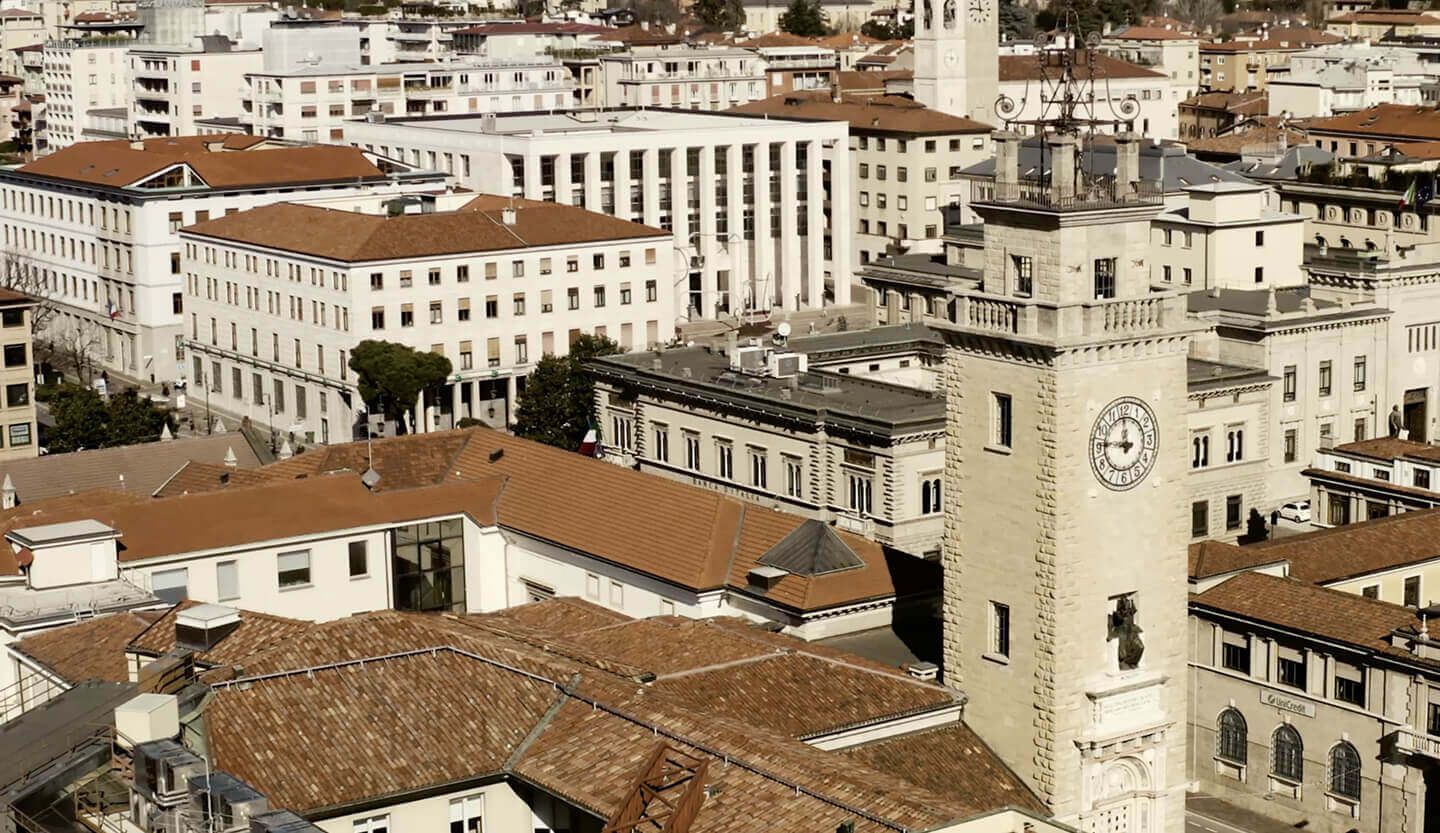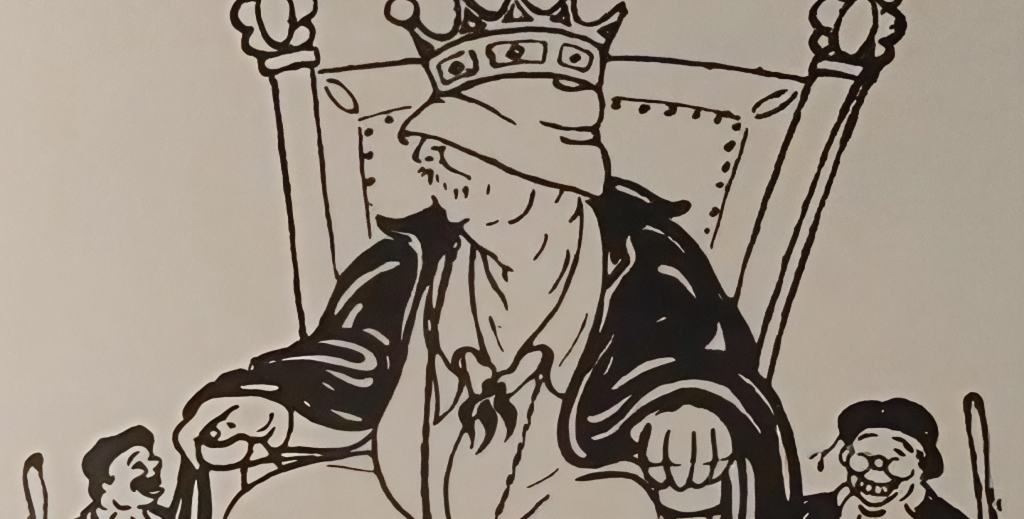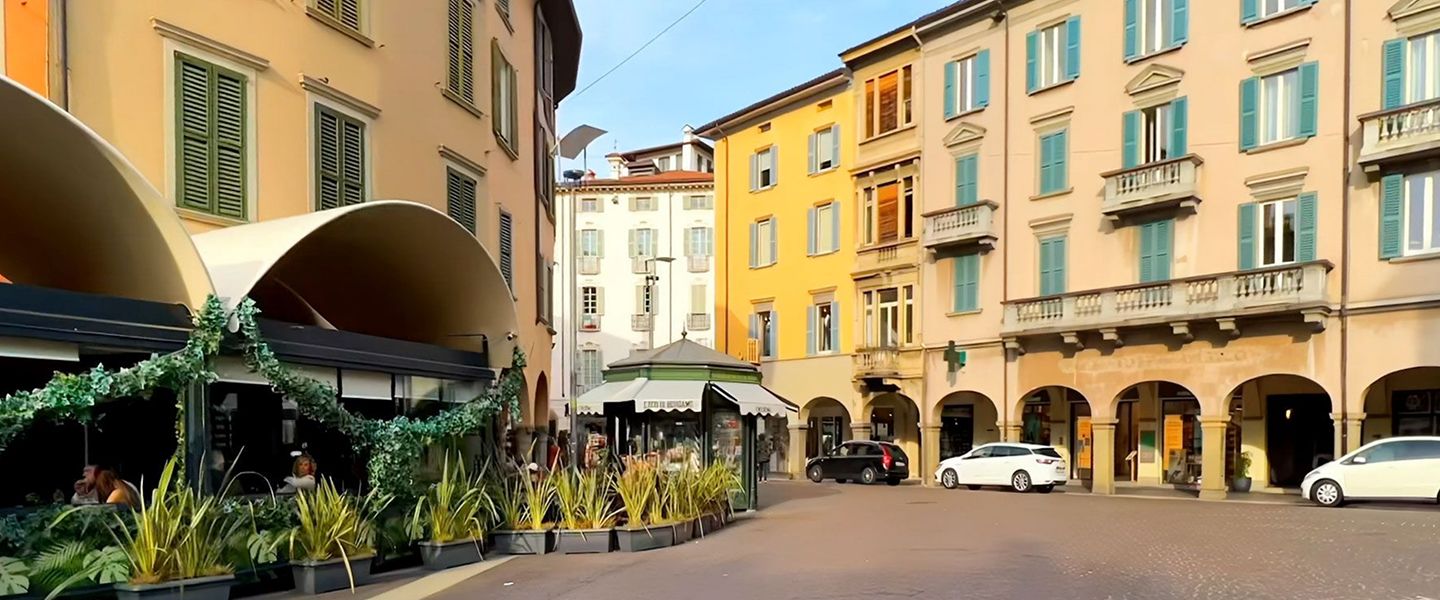The Dukes of Piazza Pontida
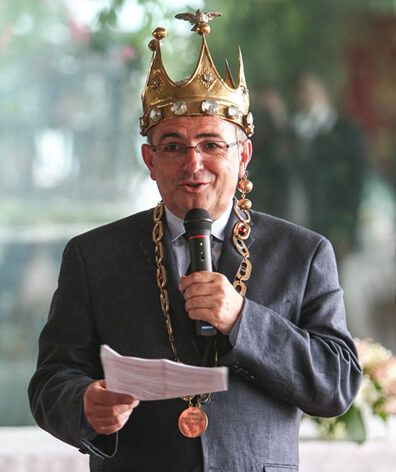
Smiciatöt - XI Duke of Piazza Pontida
Mario Morotti from June 2014
Mario Morotti is the eleventh Duke in the history of the Ducato di Piazza Pontida. Formerly the treasurer of the association, he chose the ducal name “Smiciatöt Ü',” inspired by the poet Giacinto Gambirasio, known as “Gambì Smiciatöt,” director of the periodical Giopì. The nickname, rather than meaning “nosy,” refers to a keen observer of Bergamo’s social life, able to offer constructive criticism.
In his program as Duke, Morotti emphasized collegial leadership, the involvement of young people and women in the Ducato’s activities, and the promotion of Piazza Pontida through evenings of entertainment and initiatives aimed at younger audiences.
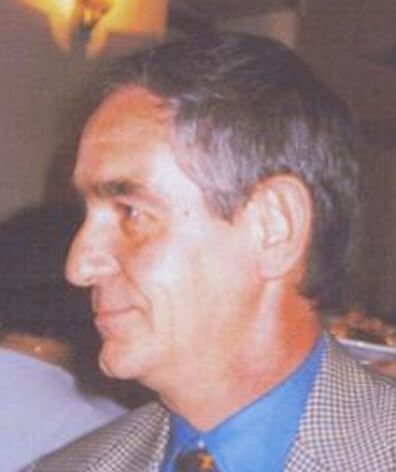
Liber Prim - X Duke of Piazza Pontida
Bruno Agazzi from June 1999 to June 2014
Bruno Agazzi, the tenth Duke of Piazza Pontida, known by his ducal name LÌBER PRIM, entered the Ducato “through the back door,” beginning as the printer of the periodical GIOPÌ. With a long and consistent career within the Ducato, he was appointed J.P. knight in 1974 and treasurer in 1992, until his election as Duke in 1999.
Under his leadership, the Ducato promoted the renewal of the newspaper, the creation of the National Festival and Award of Italian Poetry in Dialect, the publication of the Italian-Bergamasco dictionary, and the installation of the bronze statue of Arlecchino in Piazza Pontida. LÌBER PRIM also focused on enhancing the square, organizing open-air summer performances, and presenting opera concerts, making popular culture accessible to the entire city. The Duke is supported by his spouse Primarosa and a team of experienced collaborators who assist in managing traditions and cultural initiatives.
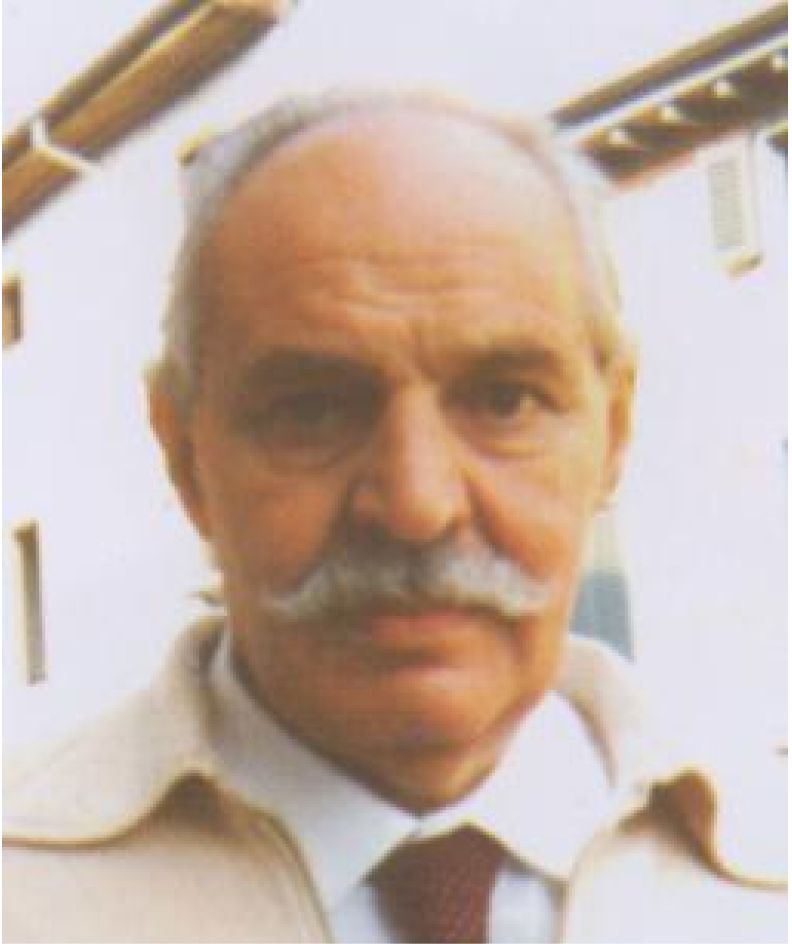
Brasca Ü - IX Duke of Piazza Pontida
Francesco Barbieri from October 1989 to March 1999
Francesco Barbieri, known as BRASCA Ü, was the 9th Duke of Piazza Pontida, first elected in 1989 and re-elected three more times thanks to the respect and admiration he earned both within and beyond the Duchy. An experienced journalist and public administrator, Barbieri brought to his ducal role a profound sense of balance, tolerance, and conciliatory skill. During his mandate, he oversaw the renewal of GIOPÌ, introducing more cohesive content, photographs, and caricatures, and guided the drafting of the fourth ducal statute, leaving a lasting example of integrity, competence, and dedication to Bergamasque culture and traditions.
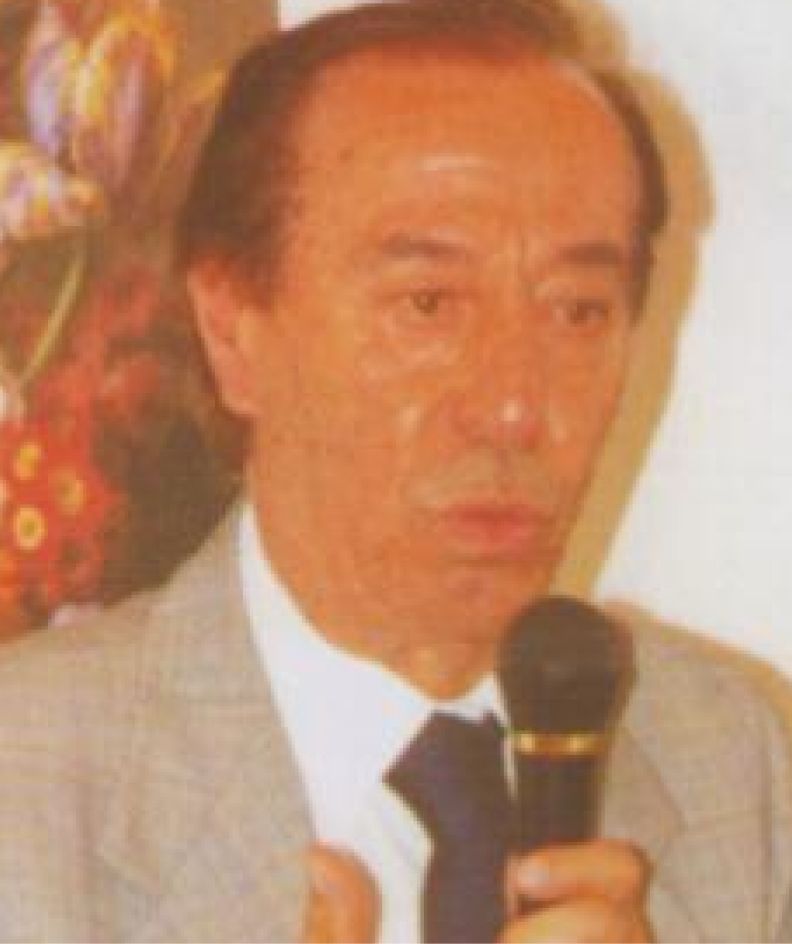
Pietro I - VIII Duke of Piazza Pontida
Pietro Polenghi from October 1986 to January 1989
The three-year reign of Duke Pietro I was marked by significant commitments and complex challenges, directly inherited from his predecessor, Duke Gibellini. While benefiting from a solid, well-established staff and a structured administration, Pietro I managed to imprint his own style, introducing new initiatives and contributing to the enhancement of the Duchy’s cultural heritage. Among his achievements were the replacement of Sala Greppi with the San Sisto theater in Colognola to host the Dialect Theater Festival, and the launch of innovative artistic projects, such as the Arlecchino statues placed in a unique way in Piazza Mercato delle Scarpe. A man of action, skilled at coordinating collaborators and engaging with local institutions, Pietro I left a lasting mark on the Duchy, consolidating traditions and promoting cultural initiatives that remain significant to this day.
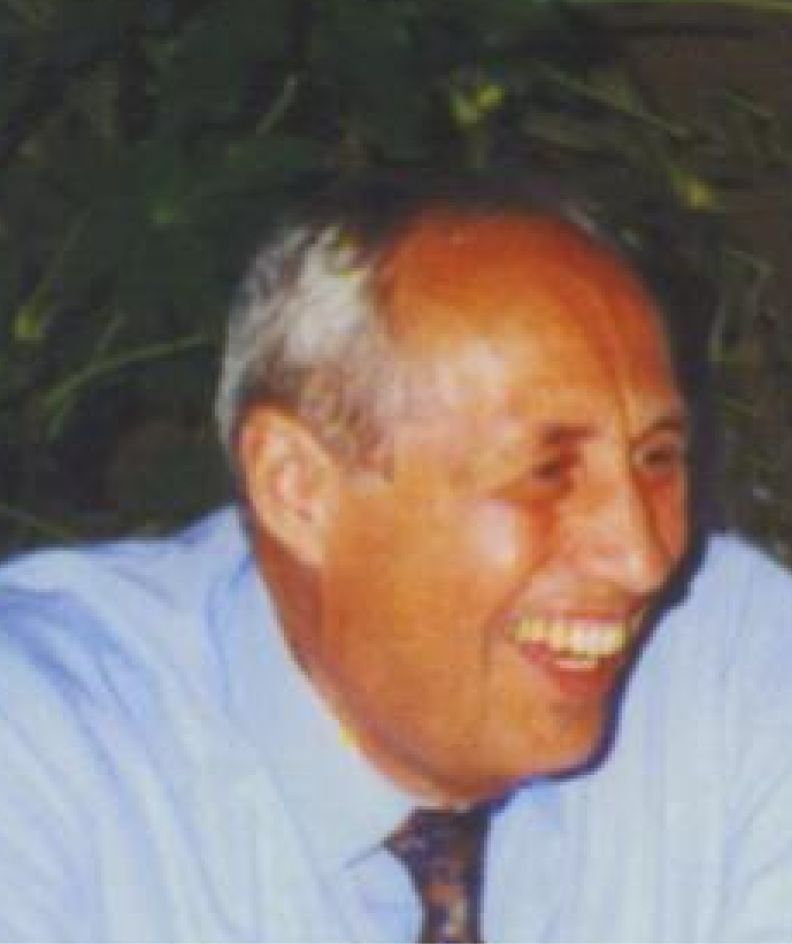
Andrea I - VII Duke of Piazza Pontida
Andrea Gibellini from December 1980 to October 1986
The reign of Andrea Gibellini as Duke of Piazza Pontida, from 1981 to 1986, marked a period of renewal and cultural vitality. Taking office during a delicate moment, he successfully combined experience and innovation, reforming the GIOPÌ and promoting significant events such as the International Folklore Festival and the Regional Dialect Theater Review. A forward-looking man attentive to Bergamasque traditions, Gibellini was able to enhance the Ducato’s activities, contributing to art, culture, and the community.
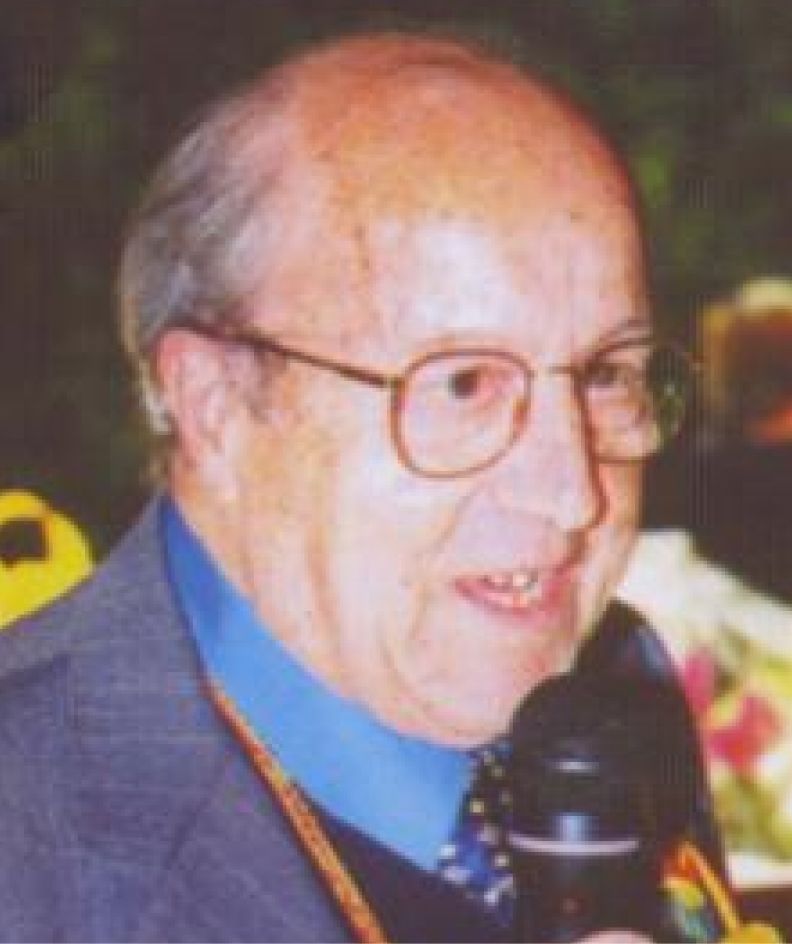
Orobico I - VI Duke of Piazza Pontida
Gianfranco Cantini from December 1977 to December 1980
The reign of Gianfranco Cantini, known as Orobico I, Duke of Piazza Pontida (1977-1980), marked a period of cultural renewal and enhancement for the Duchy. During his mandate, Cantini promoted historical and literary initiatives, organized lectures on notable Bergamasque figures, and curated exhibitions on local heritage. His crowning achievement was securing a new Duchy headquarters in the heart of Piazza Pontida, symbolizing his foresight and commitment to strengthening the bond between the institution and the community.
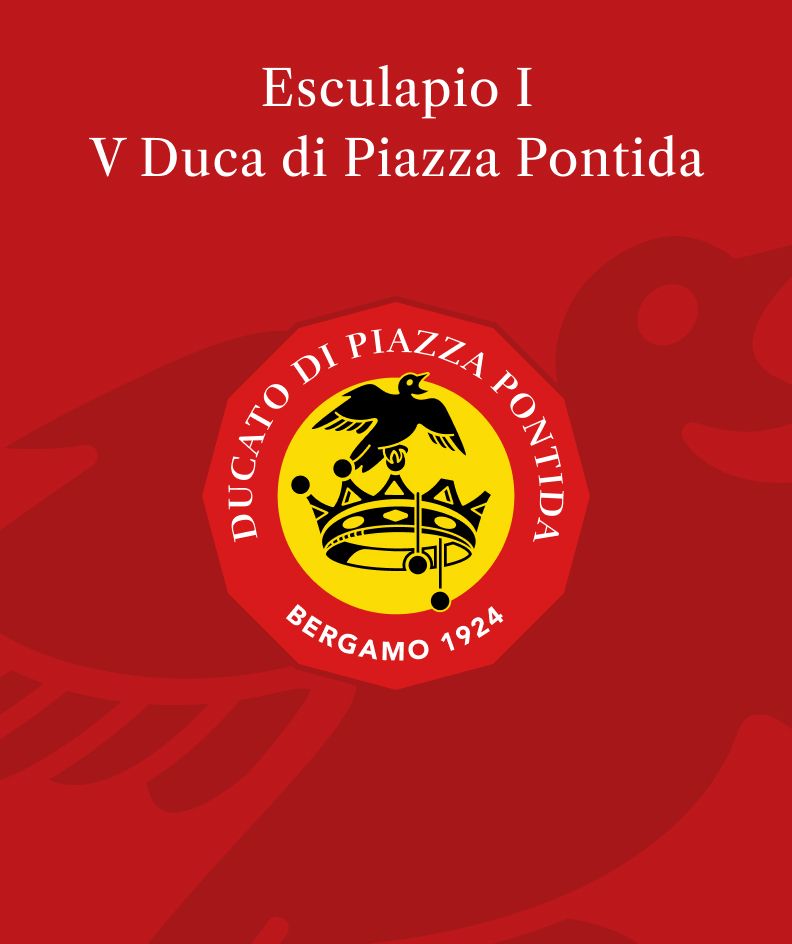
Esculapio I - V Duke of Piazza Pontida
Cino Rampoldi from March 1966 to December 1977
Cino Rampoldi, known as Esculapio I, a surgeon by profession, led the Duchy of Piazza Pontida from 1967 to 1979. His rule marked a decisive turning point: from a convivial fellowship, the Duchy evolved into a true cultural institution, dedicated to preserving and promoting Bergamo’s traditions, history, and cultural heritage.
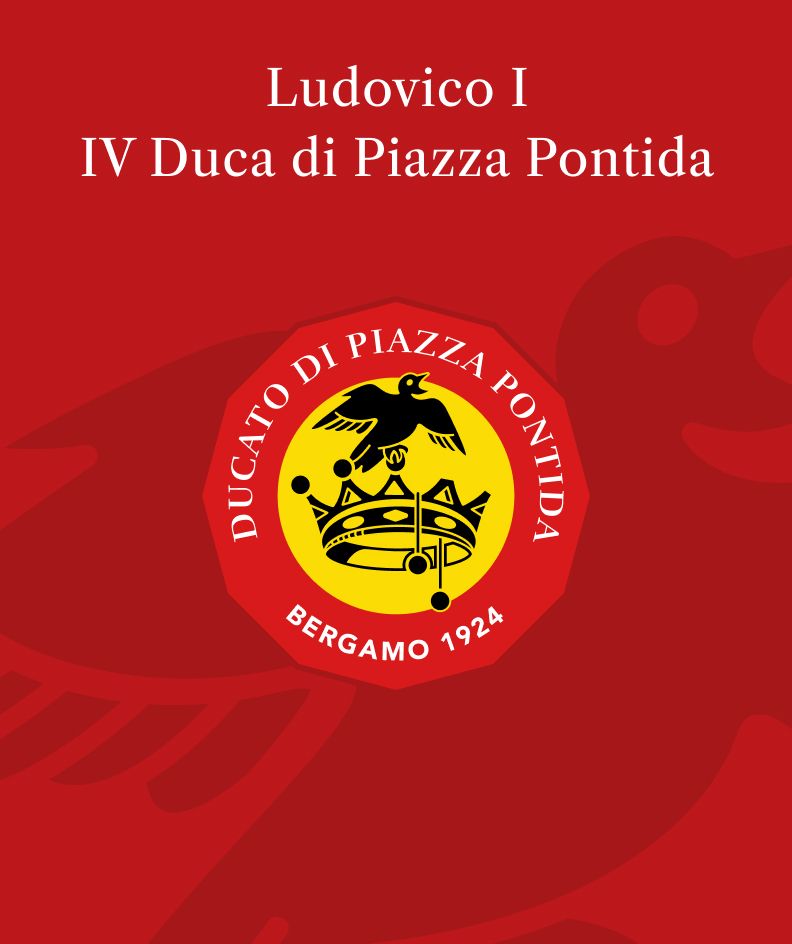
Ludovico I - IV Duke of Piazza Pontida
Ludovico Quadri from October 1952
Lodovico Quadri (1897–1965), manager of a stationery shop in Bergamo, distinguished himself as an excellent ducal printer and passionate supporter of local traditions. In November 1947, he set up a Ducal Tavern in his house at Colle Aperto, decorated by painter Eugenio Bertacchi, becoming a gathering place for friends and enthusiasts of Bergamasque culture. Acclaimed Duke in October 1952, he led the Ducato di Piazza Pontida with the motto “Let’s cherish one another,” promoting folkloric performances, parades, traditional groups, and cultural initiatives that established the Ducato as a cornerstone of the city’s folkloric and cultural life.
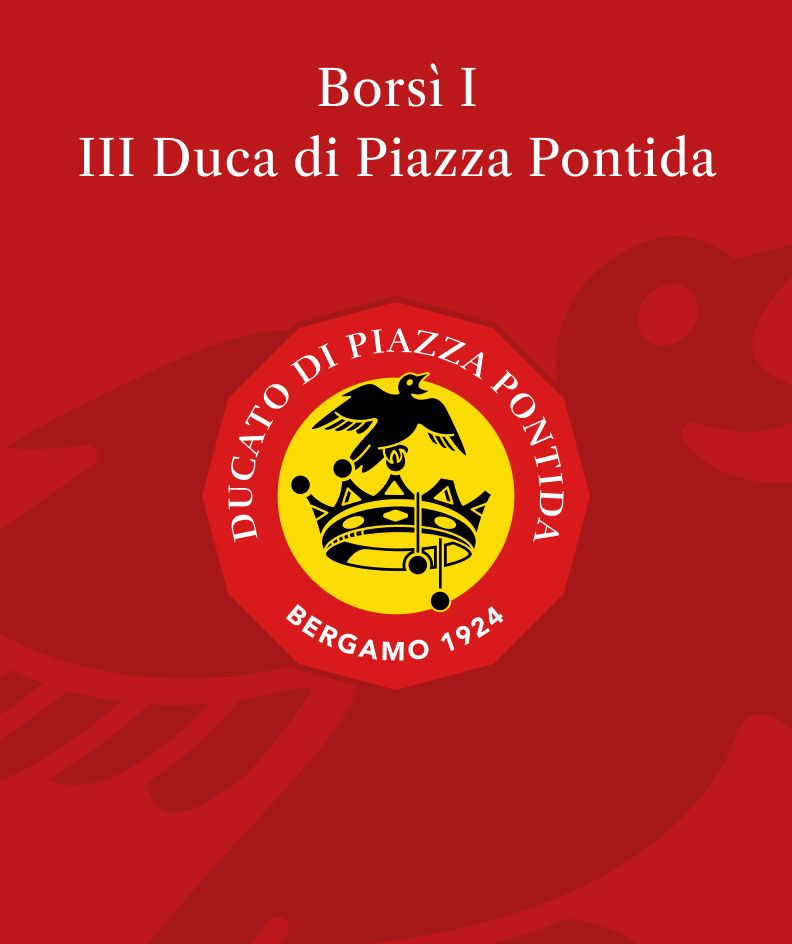
Borsì I - III Duke of Piazza Pontida
Giovanni Azzola from March 1947
Giovanni Azzola (1875–1952), known as Duke Borsì, was a Bergamasco merchant distinguished by his dignified and affable character. Although not a writer like his predecessors, he stood out for his elegance and patronage, qualities that proved invaluable for consolidating harmony within the Ducato di Piazza Pontida. His personality, praised by Ubaldo Riva, reflected grace, affability, and a presence that honored both the Ducato and its values.
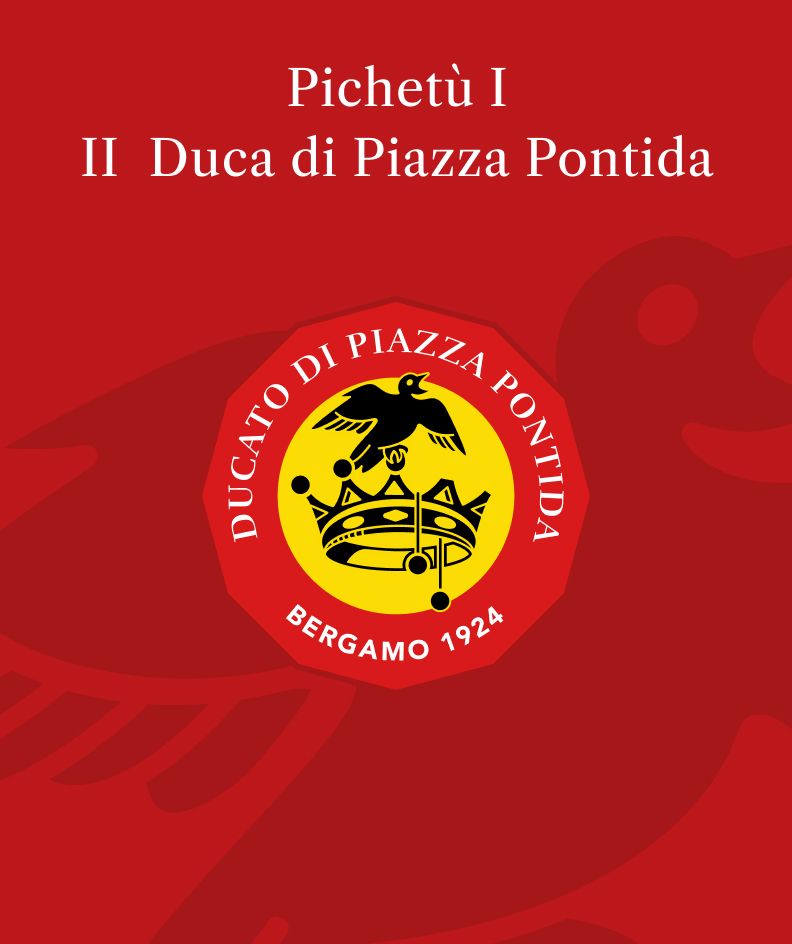
Pichetù I - II Duke of Piazza Pontida
Giuseppe Bonandrini from June 1927
Giuseppe Bonandrini (1867–1936), known as Duke Pichetù, was a physician, vernacular poet, and music enthusiast. Under his rule, the Duchy experienced a true golden age, marked by an extraordinary flourishing of poets, writers, and artists who brought prestige to the Ducato di Piazza Pontida.
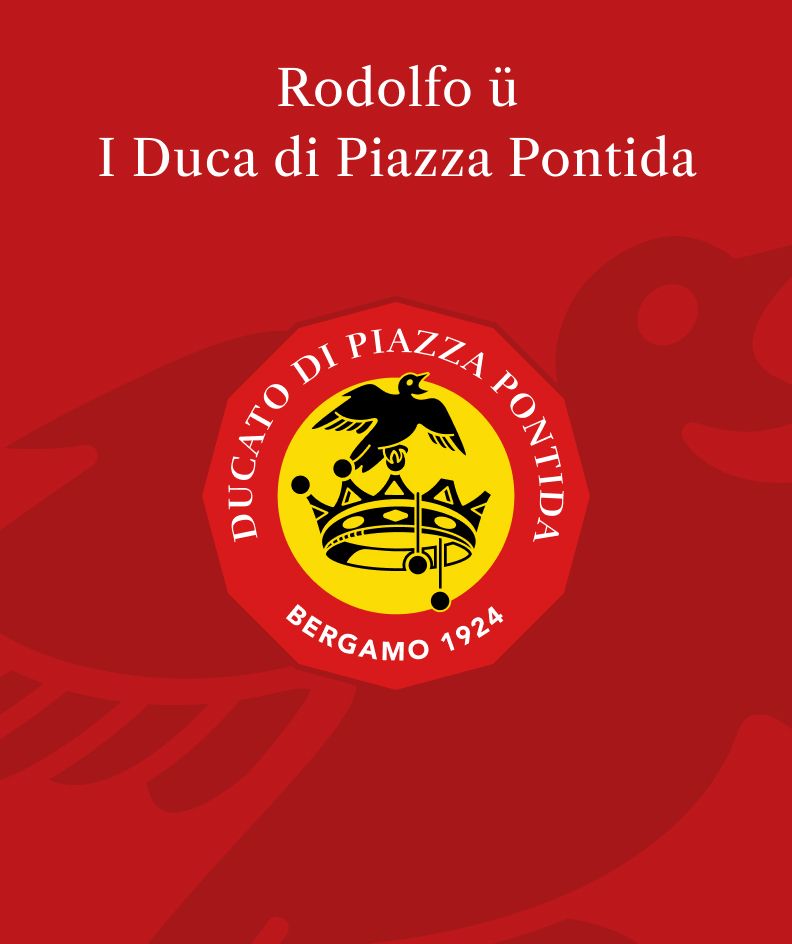
Rodolfo ü - I Duke of Piazza Pontida
Rodolfo Paris from March 1924
Rodolfo Paris (1864–1927), known as “Rodolfo ü”, was the first to be acclaimed Duke of Piazza Pontida and is remembered as the founder of the Ducal tradition. A professional decorator and poet under the pseudonym “Alégher”, he enlivened Bergamo’s cultural and popular life with creativity and a playful spirit. In his workshop and in the historic Piazza Pontida, he organized decorations, festivals, and performances that soon became key moments for the city’s identity. After World War I, his charisma and initiatives—from inventive lighting displays to the famous Mid-Lent festivities—made him a central figure in the community. His coronation as Duke in 1924 marked the beginning of a tradition that would endure, becoming a symbol of Bergamo’s culture and folklore.

